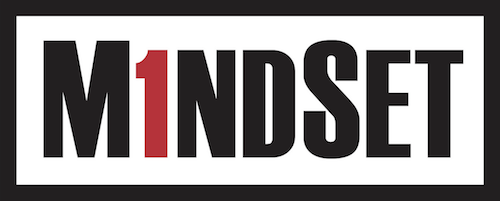Most companies have a list of cultural values. The existence of such a listing is neither meaningful nor impressive unless the company can specify what it’s DOING with those values.
A more current term for “values” is Culture Code – and it’s a term I like. A good culture code stipulates the behavioral and attitudinal expectations for all employees. And unlike MindSet’s Seven Principals of Leadership© that are universal and should be adopted by all businesses, culture codes should be unique to each business entity reflecting the specific culture the business wishes to have.
Creating Your Culture Code
MindSet facilitates processes to help companies develop their culture code. The activity itself is valuable, and the final product can become a lasting asset to the organization. But after the code has been created is where we often see the process stumble. Artfully hanging your new values on the wall does not actually impact the culture. It’s what you do the next day, and every day after that, that counts.
Here are a few questions we suggest you consider in regard to your culture code:
- Which elements of your code can you expect to engender in your employees? (The ideal answer is “all of it.”) What can supervisors do to encourage and develop those attitudes or behaviors in an employee? It is not enough to just point out bad behavior. It is foolish to expect humans to replace something with nothing, so leaders must actively teach – and model – the behaviors they want.
- Are you serious enough about your culture code expectations to hold employees accountable for them?
- Are the expectations in your culture code integrated into your staff evaluation processes?
- Have you considered how you are going to reward or recognize employees for exceptional adherence to your culture code?
- Which elements of your code are more akin to personality traits that will be difficult to engender in an employee if not naturally present? (For example: driven, caring, positive, confident, friendly, focused, persistent, assertive, and tolerant.) What are you doing during the recruitment and interview process to determine if a required attitude/trait is present or lacking?
In regard to this last question, I am reminded of a story I read several years ago. A young man who had just recently married was getting a tour of his new father-in-law’s business. After walking through the plant for about 30 minutes, the young man said, “I can’t believe how happy all your employees seem to be. How do you do that?” The father-in-law smiled and said, “It’s really not all that hard. I just fire all the unhappy ones.”
On occasion, to protect your culture code, it will be necessary to toss someone out the back door. That is an unpleasant process, and one we can avoid by better identifying applicants who will naturally be a good match for our code before we let them in the front door.
Putting in the Work
Bottom line: it can look nice to have a set of values or a culture code prominently posted on the wall of the entryway to your business. But the real question of importance is, so what?
- Do you hold employees to those standards?
- Do your leaders model those values?
- What are the consequences for failing to live up to those expectations?
- Do you regularly remind employees of the code and standards?
- Have you taught your supervisors how they can build and encourage those attitudes and behaviors in their direct reports?
- Have you examined your evaluation processes to ensure that the evaluation instrument reinforces the importance of the code?
- Are you finding ways to reward those who constantly epitomize your standards?
- Are there elements of your culture code that should be more effectively used in the applicant screening process?
When you have good answers for those questions, then I take back my second sentence of this blog. The existence of a culture code in your company is very much both meaningful and impressive!

Founder of MindSet, LLC.

